What kind of relationship can an Olympic windsurfer and sailor, and four-time veteran of the Volvo Ocean Race develop with a global electronics giant? As it turns out, a highly personal one.
“When your raceboat is going 30 knots in the Southern Ocean and there are icebergs everywhere, if you don’t trust the radar, you won’t sleep,” Knut Frostad says. “If you know it’s calibrated, you sleep.”
The announcement that Frostad, former CEO of the Volvo Ocean Race, had been named chief executive of Navico came as a surprise to many in the marine electronics world. The tall, affable Norwegian, who had competed in two Olympics — one in windsurfing, the other in sailing — and four round-the-world races earlier in his career, transformed the Volvo Ocean Race during his three consecutive terms as CEO. He expanded its stopovers into Asia and the Middle East, and established landside venues so that 70,000 people a day visited the boats and teams.
Frostad also turned the VOR into a spectator sport by adding a level of reality-television to the race with on-board reporters who broadcast in real time in horrendous conditions. “I wanted to create content that would build an audience that really followed the race,” he says.
Beyond his out-of-the-box thinking and knowledge of marine electronics, Frostad’s appointment as Navico CEO made sense because of his long connection with Simrad, the Norwegian radar and autopilot manufacturer. In 1997, as skipper of Innovation Kværner, he worked with Simrad to come up with a lighter, more advanced radar that gave his team an edge in the Whitbread Round the World Race. After being named to Navico’s board in 2005, Frostad has had a direct hand in shaping its strategy for the last 15 years.
These days, he’s drilling down into financial forecasts or new-product tests, while also shaping a long-term vision for Navico’s future. Highly competitive, but also disarmingly friendly, Frostad and his executive team are based in London, overseeing manufacturing operations in Europe, Asia, New Zealand and North America, a legacy of acquisitions over the years.
“We have a global R&D team in the U.S., Europe and New Zealand,” Frostad says. “The group works well together in coordinating new technologies. Plus, the core users of our products — recreational anglers in the U.S., for instance, or commercial fishermen in Norway — live in those areas. They help us drive innovation.”
Frostad says Navico — which comprises the Lowrance, Simrad, B&G and C-MAP brands — has held to a “very clear strategy” since it formed. “We want to be the specialist brands focused on specific boater types,” he says. “We will probably get even more focused in the future, designing products for people whose passion is the water, but who do very different things.”

Before joining Navico, Frostad took a sailing sabbatical with his family. “I saw firsthand how marine electronics are expanding and enriching the boating experience.”
Navico
How did you get into sailing?
I started windsurfing in 1977 as a kid, mainly because I had hay fever. The coast of Norway is a fantastic place to be in the summer, but when you have seasonal allergies, it’s best to be out on the water. We used one of those first old windsurfers with a wooden boom, but then I got into racing. Everyone was competing, and it became a huge global sport. I made it all the way to the 1988 Olympic games in Korea. It was one of the best parts of my sailing career.
That led to other nautical pursuits?
After the Seoul Olympics, I switched to sailing dinghies and raced the Flying Dutchman in the 1992 Barcelona Olympics. After that, I started reading about the Whitbread Round the World Race. I moved to California and got experience crewing on the ULBD 70s that raced to Hawaii and Mexico. I managed to get myself on board the Swedish boat Intrum Justitia, which finished second in the 1993 Whitbread. At 26, I completely fell in love with offshore racing. It was a super-exciting experience.
To the point where you skippered your own boat in the next Whitbread?
I was 30, the youngest skipper in that 1997 race. We came in fourth on Innovation Kværner, and I learned much more about managing a team. It’s very different between being crew and skippering your own boat. You have responsibility for all those people on that boat, so if something goes wrong, it’s on your shoulders, not to mention having to oversee the sponsorships and money. It took away the pure enjoyment a bit, though I did like managing things in parallel.
So you became interested in business and sailing?
I always had an interest in business. I have always viewed it as a kind of sport. Businessmen are people who compete without running shoes. I think that’s why sailing and businessmen have always done well together. You have people like Larry Ellison and Paul Allen, who are happy to be racing on sailing boats because it’s a sport about making decisions. Running a boat is quite similar to running a company. It’s all about strategy, tactics and motivation. I enjoy that.
How so?
When I starting racing with my own team, I learned it was as much about tactics on the water as the commercial side with sponsors and funding. At the time, sailing had an amazing attraction to executives and big businesses. In 1997, we got the biggest single sponsorship contract ever signed in Norway — $10 million — and you have to consider we have some pretty big winter sports teams, like alpine skiing, as competition. But they weren’t even close. These executives loved sailing and discussing our project, and we took them out to the boatyards and our facilities so they would feel they were part of it.
What appealed to you most about ocean racing?
I loved that relentless feeling, where you’re going on and on for days. It involves a lot of adrenaline, and you only sleep for an hour and a half, and as soon as you’re awake, you’re back racing full monty. I started out believing that racing solo around the world is the biggest challenge, but I think racing with a crew is more difficult. You really have to make it work with people you would probably never choose as friends on land. If you don’t have that mental edge between the crewmembers, you’re not going to win. You’re forced together with these people for such a long time, day and night, whether you like them or not. You have to function 100 percent as a team.
You must’ve seen electronics change during your racing career.
When we sell electronics to our customers, we try to understand how they’re using them. But for us on the racing boats, the electronics could be the difference between winning or losing, or in some situations life or death. That’s how I grew up on the races, viewing Brookes & Gatehouse screens and Simrad radars. If they were not calibrated or giving the right figures, we were not going to be on top of our game. They needed to be extremely reliable on the data. We also used them for seeing icebergs in the Southern Ocean. If you don’t trust your radar, you’ll never relax. It’s the same for professional fishermen. Electronics have a completely different meaning to people whose lives depend on them.
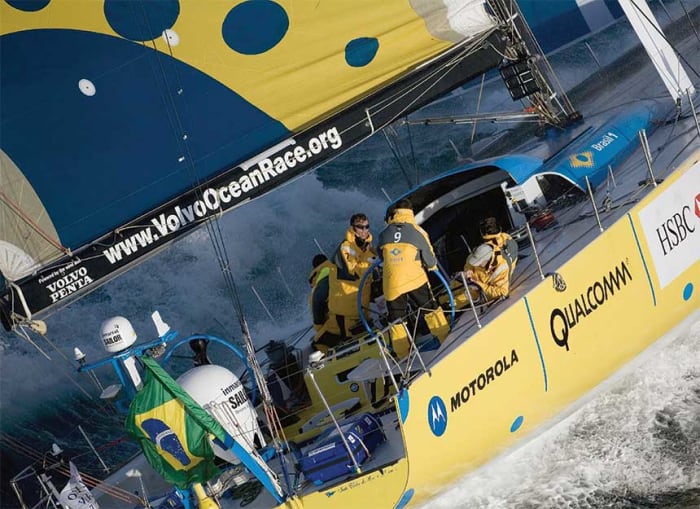
Frostad competed in four round-the-world races, including his last aboard Brasil 1 in 2006.
Knut Frostad
How did you get involved with Navico?
Just before our 2005 race, I was called by a Norwegian investor who asked if I wanted to be on the board. I’d built a special relationship with Simrad in 1997 when I asked if they could develop a radar especially for the Whitbread with us. We took one of the best radars they had and rebuilt it to save weight. We were also one of the first boats with a personal computer on board, so we could overlay the radar on C-MAP cartography. We now had a radar with better range than the competition for a big advantage. After that, I continued to work with Simrad. In 2001, we had the first Simrad multifunction display. It was fun, but my team hated me since it weighed almost 6 pounds, and we had to remove the galley from the boat.
You’ve known Navico closely over the last 16 years.
I was part of it when it acquired the Brunswick electronic brands Lowrance, Eagle, Northstar, Navman and MX Marine. That acquisition gave us access to the U.S. market, which is critical to be a global player. In the early years on the board, I had more connection with B&G than its other brands. B&G used to be racing-centric, but we transformed it for all sailors. It’s a much bigger brand than it was in those days.
What’s it like being CEO?
I knew the team quite well as a board member, but it’s very different as CEO. The board was more strategic, so you don’t dive so much into the details. While I felt like I knew the industry, I’m realizing now that knowing the dealers and retailers, like Bass Pro and West Marine, is a different story. I’m gaining more experience that way.
How would you categorize marine electronics compared to other industries?
Fifteen years ago, marine electronics was state of the art. I had people who would come on my boat back then and say, Wow. Now everyone is growing up with these amazing capabilities. One of our challenges is to match what is happening in peoples’ everyday lives — in their cars, homes and even their refrigerators. We’re not Apple or Samsung, so we have to focus on where we can create the most user value and accept that there are places that larger companies are going to do better.
Where do you see marine electronics heading?
I think it’s heading in a good place for boaters. The screens are getting bigger, the content richer, and the user interface is better. Boaters are experiencing trips much like their cars, through the screens. They are using the screen to enrich the experience. It’s an interesting phenomenon.
Do you think it’s generational?
After my job on the Volvo Ocean Race, I took a sabbatical and went cruising with my family for one and a half years. We’ve always had Navico equipment. My kids were on that screen all day long, zooming in and out on the charts and radar. They understood it better than me. I think it just shows that people will have more and more content to make their boating richer. It’ll get easier to find fish, charts will be better, and there will be improved weather planning. The big challenge is what to do first — focus on music players or trolling motors. We have to try to understand the value for the customer.
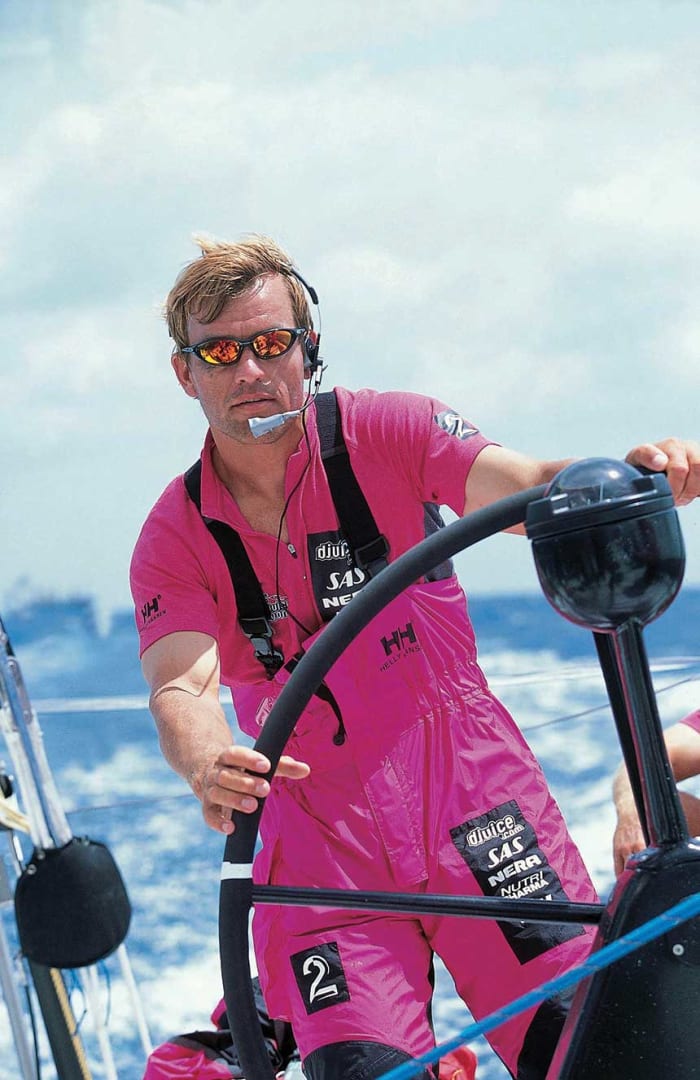
As skipper of Innovation Kværner in the 1997 Whitbread race, Frostad learned the financial side was as important as racing.
Knut Frostad
On the topic of trolling motors, how did you happen to develop the Lowrance Ghost the same year as Garmin debuted its Force?
It’s a coincidence, but it was also a natural trend. Minn Kota dominated the trolling motor category for so long that it was likely someone else would come along. What we have been doing is selling more integrated systems, not just a screen or sensor but a whole package to create the experience. If we were only to integrate with Minn Kota or MotorGuide, we’d be limited on how well we could do that integration. But if you design and build the motor yourself, you can create a really nice experience. Then software and installation become easier, and the whole package can be integrated more easily. We’re defining Lowrance as a brand with a fishing system — and not just a plotter, but a system that includes sonar, transducers, MFDs and charts.
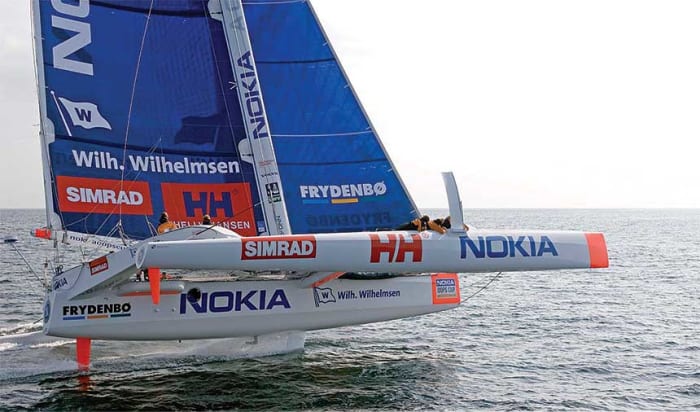
Frostad says skippering a racing sailboat is similar to running a business. Both involve constant decisions about strategy and staff management.
Knut Frostad
How do you see Ghost’s potential applications?
The product is U.S.-centric now, but I think it will expand. I think offshore use in salt water will be a big growth area. I was speaking to some guys in Norway who typically row boats to fish because rowing is so quiet. Now they’re using the trolling motor because it’s just as quiet. With advances in battery technology, you’ll soon have enough power to go out and fish all day.
You have facilities around the world. Is it a challenge to keep them coordinated?
We’ve developed centers of excellence that correspond to the product lines. In Tulsa, Okla., we have the freshwater sonar and trolling-motor teams. In Auckland, we do MFDs, and in Southampton, they’re focused on instruments. In Norway, we do the autopilots and radar. We have a lot of legacy folks — at Simrad, we have people who go all the way back to when the autopilots started, and the same with Lowrance. There are a lot of good reasons to keep the cultures intact, not to mention that core users are in those areas. Boating is such a passionate activity that you need to surround yourself with people who care about what you’re building.
Where would you like to lead Navico?
My vision is that we are leaders in our respective categories — not necessarily the biggest brands, but the best ones. I want to help drive a lot of the passion toward that. We’re in a sport that is fueled completely by our users’ passion. It’s very important for us to provide more of a window for their passion. That has to do with content and how we present it, whether it’s reducing fuel consumption, sailing more efficiently or finding fish easier. We also want to build more passion internally in our companies. The boating industry is a people-focused industry where relationships matter. People develop the technology, sell it and drive the marketing.
Are you looking at new ways to go to market?
We’re shifting marketing to telling a story, rather than just selling a product. When we launched the Ghost, for instance, we used the most passionate people to talk about how they’re using it and why they love it. Boaters relate to other boaters and their shared experiences.
What other parts of your business do you want to change?
Another important direction is our sustainability strategy. What’s happening with plastic pollution in our oceans, lakes and rivers is a global challenge. We’ve changed the way we package our products, and have changed our technology. In our C-MAP, for instance, we have a product we call BioBase. By using high-definition satellite imagery and sonar from other anglers, a user can see how the bottom of a fishing ground is changing over time, whether it’s being impacted by industry and if the area is healthier or getting worse. That new dimension lets fishermen understand the scope of the problem. Our customers really care about these issues and would like to contribute somehow, so this is one way we can help. Sustainability will be a big pillar of Navico’s strategy going forward.
This article originally appeared in the February 2020 issue.

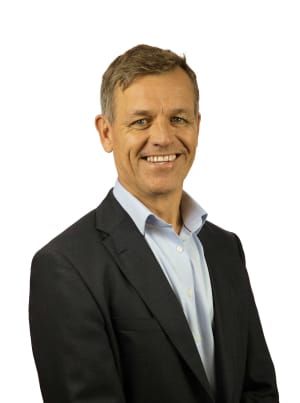

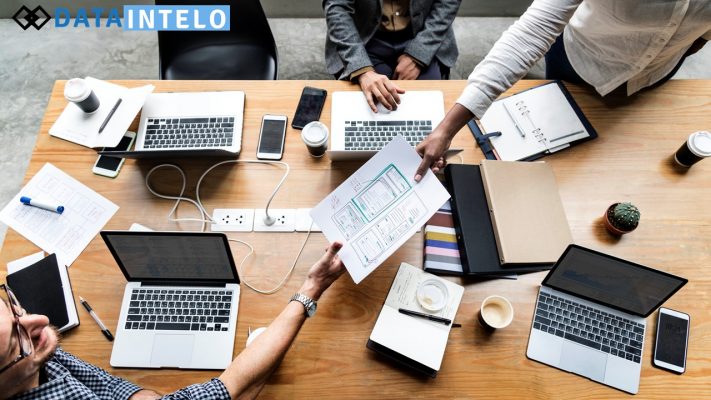
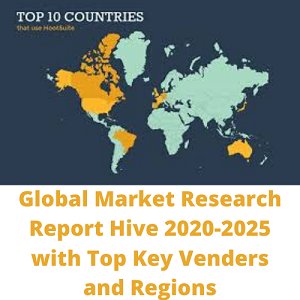

Recent Comments